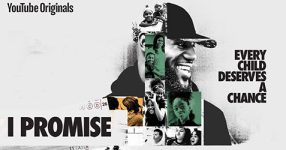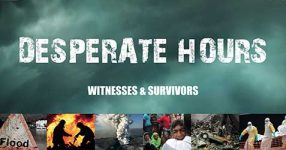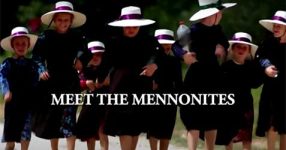The documentary “Unspoken: America’s Native American Boarding Schools” delves into a dark chapter of American history known as the Native American Boarding School era. The overarching policy of assimilation aimed to strip away everything native, advocating the notion of “killing the Indian and saving the man.” The unspoken aspect involved suppressing native languages and eradicating cultural practices.
The devastating effects of this assimilation are poignantly highlighted by Dr. Jennifer Nez Denetdale, who suggests that a more accurate term for the policy is ethnic cleansing. The documentary explores the profound impact on Native American communities, emphasizing the stripping away of cultural identity, language, and traditional practices.
Tragic Consequences and Resistance
Native children’s experiences in boarding schools are vividly portrayed, depicting their attempts to escape and the profound sense of loss and confusion. The stripping away of long hair, a symbol of strength and dignity, and the imposition of military-style uniforms were among the traumatic experiences. Early boarding schools, operated with military precision, forbade the practice of traditional ways of life, severing connections to the natural world and each other.
Interviews with Amanda Blackhorse and Forrest Cuch shed light on the government’s perspective during this time, viewing boarding schools as a solution to the so-called “Indian problem.” The documentary underscores the tragic consequences of assimilation, rendering Native individuals incompetent in both their traditional culture and the white world.
Historical Context and Boarding School Impact
The historical context of European explorers, Lewis and Clark’s expedition, and westward expansion further contextualizes the boarding school era. Native Americans faced violent displacement, and the Navajo, in particular, were forced into barren reservations. The 1868 Treaty with the Navajo mandated Native American children’s attendance at schools, marking the inception of Native American boarding schools.
The documentary delves into the infamous Carlisle, Haskell, and Sherman boarding schools, highlighting the harsh conditions and abuse suffered by students. The Merriam Report in 1928 exposed these abuses and recommended corrective measures. Interviews with survivors, such as Joseph Abeyta and Darlene Smith, provide firsthand accounts of the emotional and physical hardships endured during their time in boarding schools.
Legacy and Continuing Struggles
The legacy of boarding schools is explored through the lens of contemporary Native American experiences. The impact on language preservation, cultural practices, and family dynamics is evident. The documentary introduces current efforts, such as those at the Santa Fe Indian School, to provide a supportive environment for Native American students, fostering connections and understanding.
The film concludes with reflections on the lasting impact of boarding schools, acknowledging the resilience of Native peoples. Calls for apologies and acknowledgment of the painful history are presented by individuals like Forrest S. Cuch, emphasizing the need for reconciliation and understanding. Ultimately, “Unspoken: America’s Native American Boarding Schools” serves as a powerful exploration of a painful chapter in history and its enduring consequences on Native communities.












